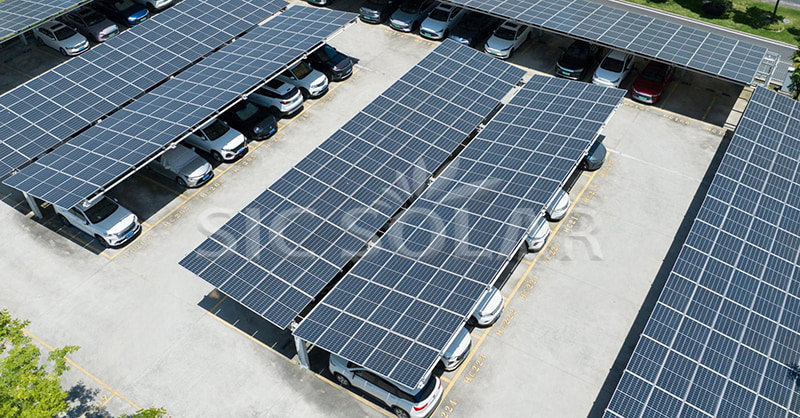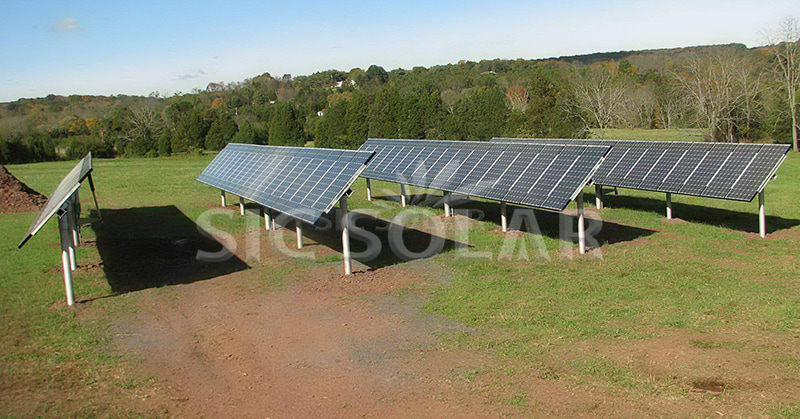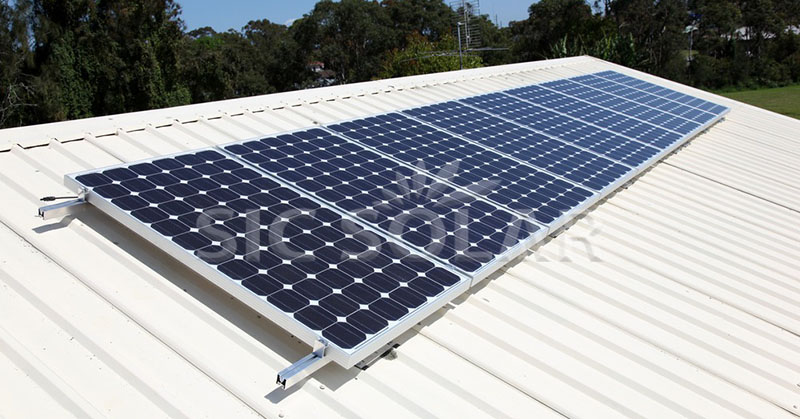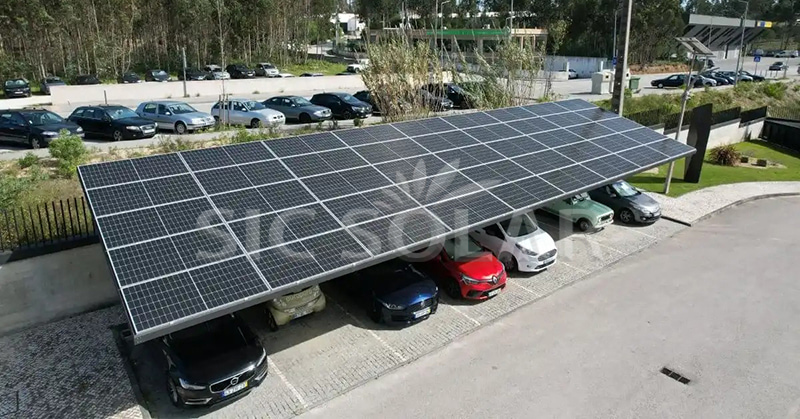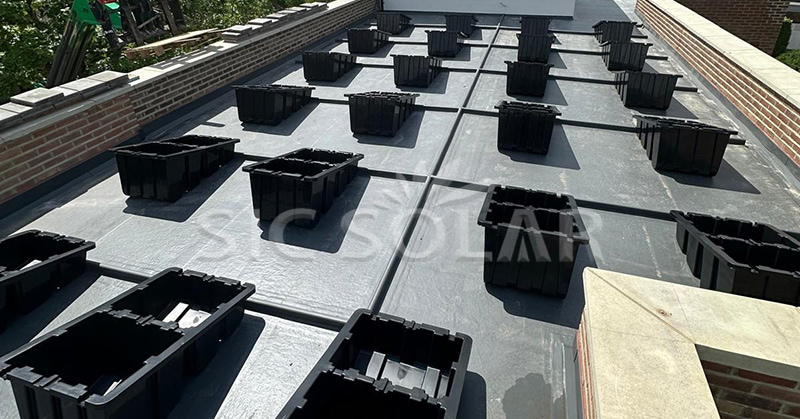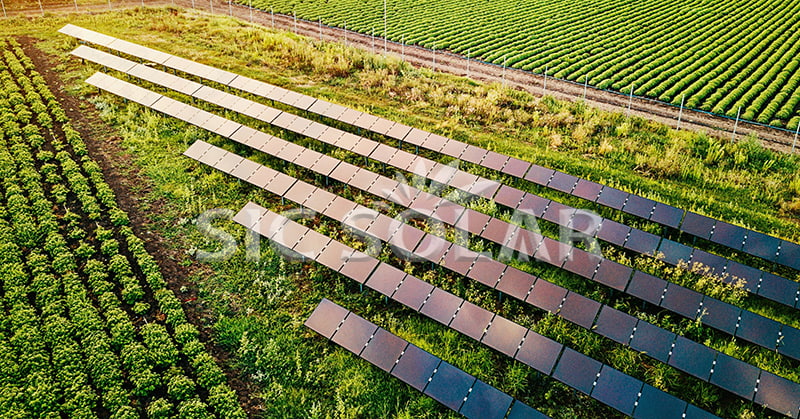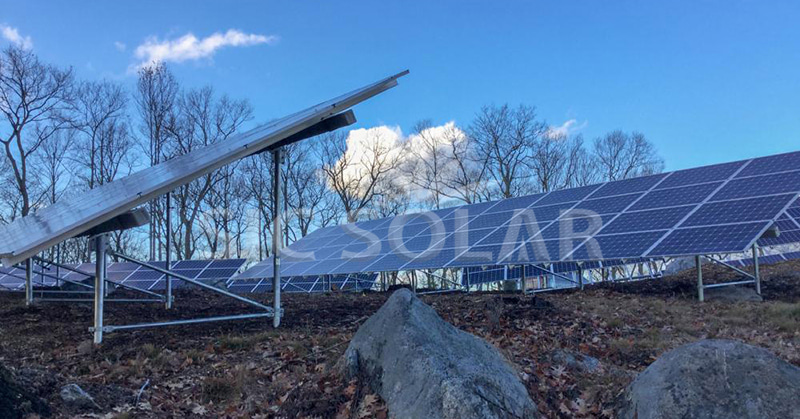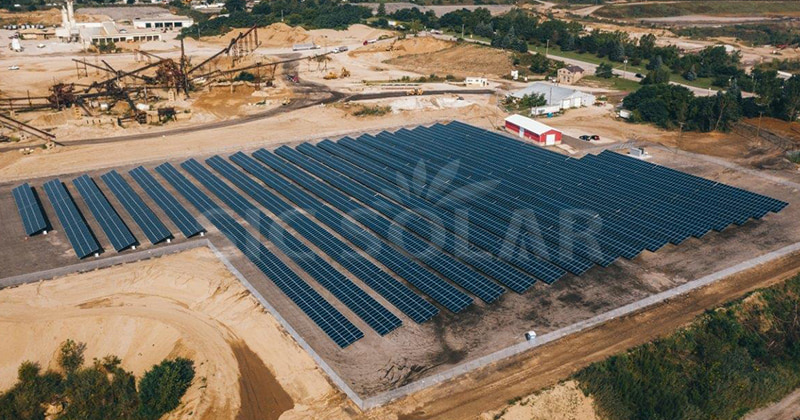More and more, people are choosing ground-mounted solar panels. If you're a homeowner, business, or farmer and want a solar setup that gives you options and works well, these are hard to pass up. Unlike rooftop setups, these go right into the ground on stands made of steel or aluminum. That means the panels work as well as they can because they aren't stuck on your roof.
A big plus is you can put them in the best spot. Ground setups can be angled just right for your location. Often, this means you get more power than from a roof. They also stay cool since air flows around them better, so they work better all year.
Plus, keeping them in good shape is easy. Since they're on the ground, cleaning and checking them is way simpler. If you've got a big business setup, this can save you a lot of work down the road. Companies like SIC Solar make tough ground-mount systems that are made to last in all kinds of places, like farms, factories, and big power projects.
Another great thing is that you can make them as big as you want. If you have the space, you can put in as many panels as you need without worrying about your roof's size or how strong it is. This is great if you're farming or know you'll need more power later on.
Of course, there are a few things to keep in mind. Ground setups usually cost more at the start because you need more stuff, have to build a base, and get the land ready. You might also need permission for what you’re doing with the land, depending on where you live. If your land is rocky, bumpy, or soft, you might need special bases like screw piles or ballast. SIC Solar sells these too, for tricky land.
Even though they cost a bit more, ground-mounted solar panels usually pay off in the end. They make a lot of power, give you options for how to set them up, and can be way bigger than anything you could put on a roof. For many, especially if they have some land, the extra power and how easy they are to deal with make ground mounts a smart buy.
...

